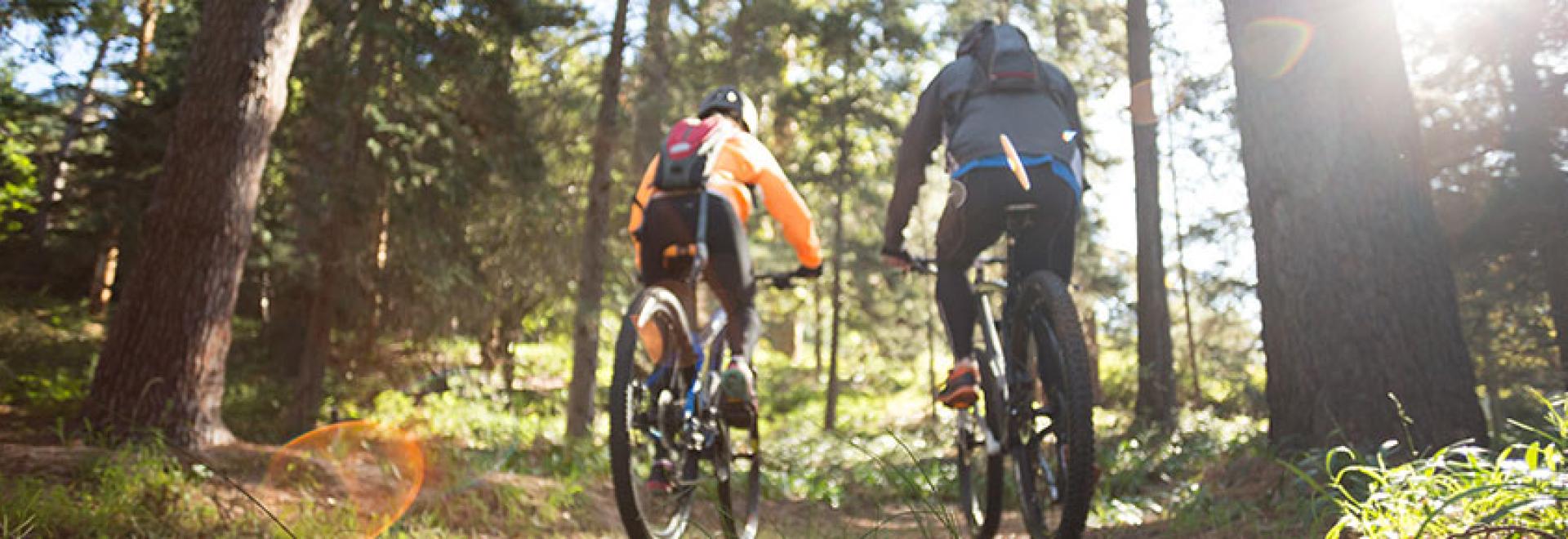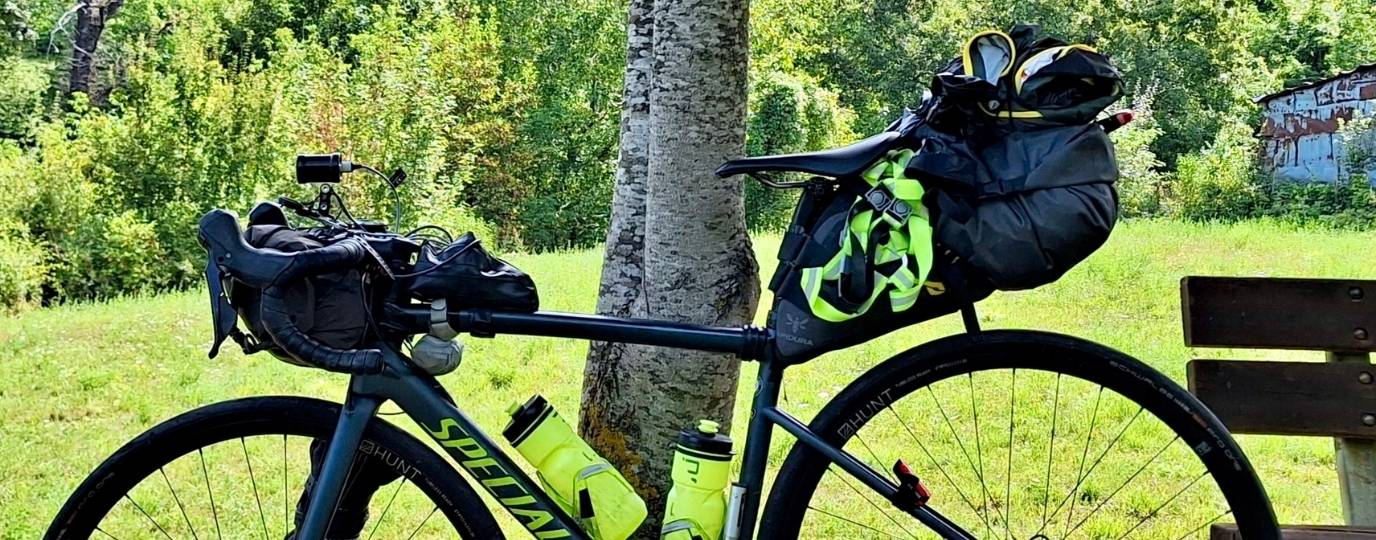Up for a new adventure? How about a spot of bikepacking. Read our quick guide to find out what it is and what you need to take with you.
There’s nothing we love more than an adventure in the great outdoors. Whether backpacking, camping or B&B’ing around the UK countryside, the sense of freedom that comes with explorations into the wilderness is hard to beat.
That being said, setting a few days aside to venture out on a trip isn’t always easy, so is there a quicker way of covering the miles? The answer is bikepacking.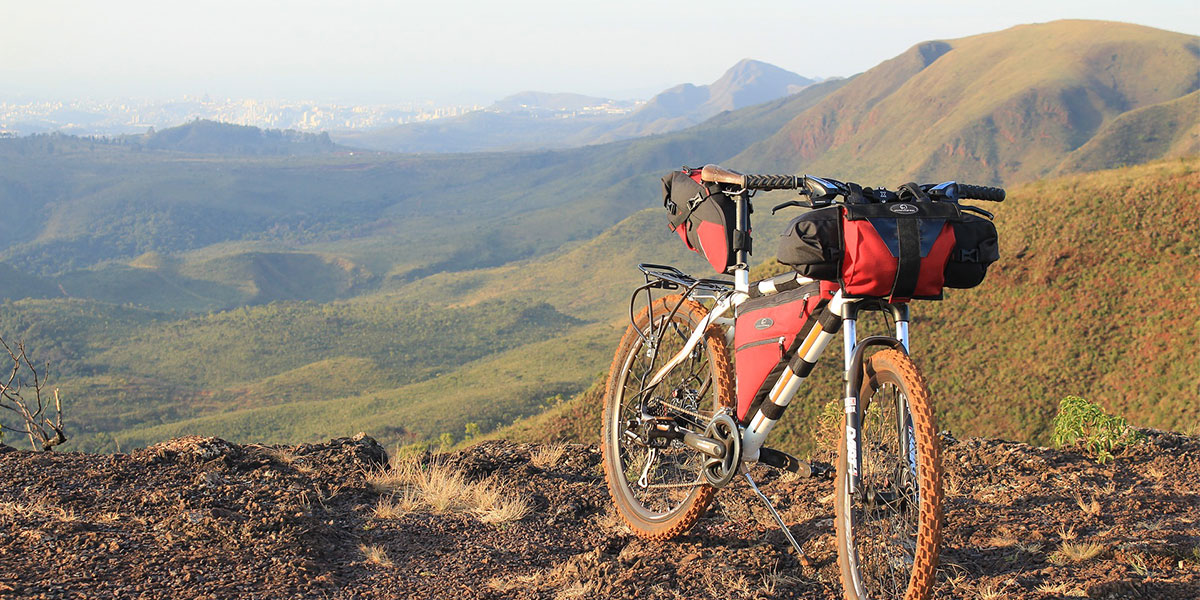
What is bikepacking?
Put simply, bikepacking is backpacking on wheels. Although there are no set rules or an exact definition, bikepacking usually involves carrying everything you need to survive an overnight stay on your bike rather than on your back, giving you the ability to travel further than you would by foot. Unlike walking trips, with the added pedal-power, it’s possible to cover 60-100 miles a day depending on the terrain.
A fun activity either alone, or with your cycling buddies or family, bikepacking means that not only can you cover more miles than hiking, you can get onto routes that aren’t accessible to bigger vehicles. Furthermore, biking traditionally involves larger, more cumbersome backpacks which make exploring beyond the tarmac that bit trickier, whereas bikepacking offers a completely different experience with plenty more freedom.
Bikepacking doesn’t come without its challenges- you’ll need to be careful on rough terrain, and of course you’ll need to be confident on your bike. Speeding down country lanes is lots of fun, but you’ll undoubtedly have achy legs by the end of the day!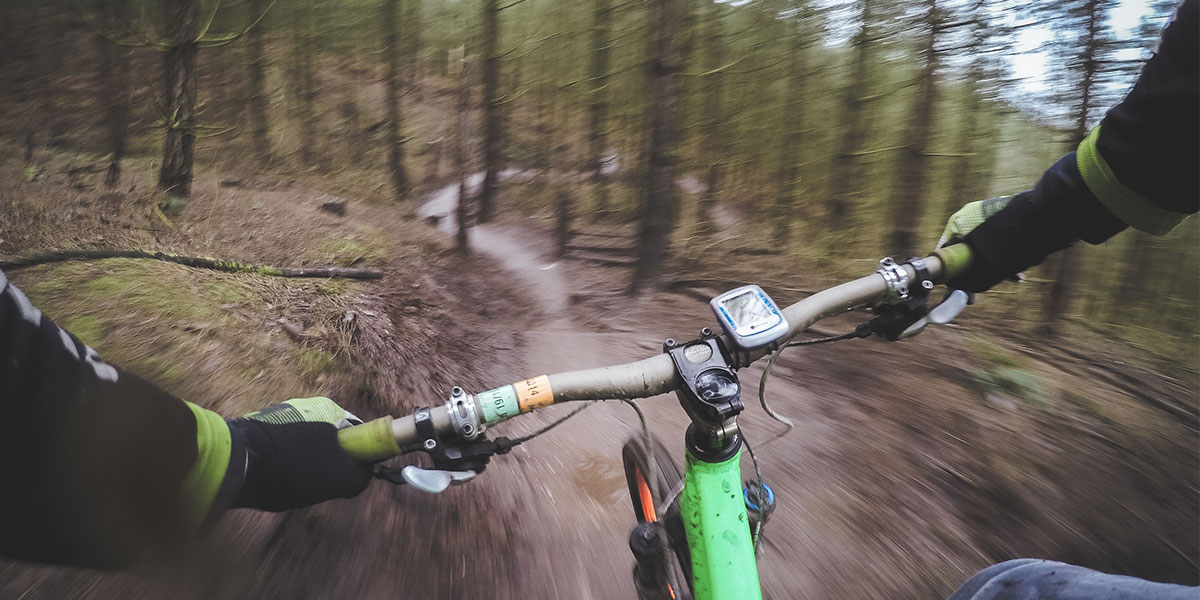
What do you need to get started?
There’s no one right bike for bikepacking. Most likely, the best bike to use is the one you already own and feel comfortable with, but virtually any bike that can mount racks or accommodate storage bags can be used for bikepacking. However, if you’re thinking about purchasing a new bike for bikepacking, you’ll need to consider your terrain.
If you’re likely to ride on mixed surfaces such as pavements and dirt roads, look at touring bikes, gravel bikes and rigid mountain bikes, whereas hardtail mountain bikes are more suitable for singletrack bikepacking tours.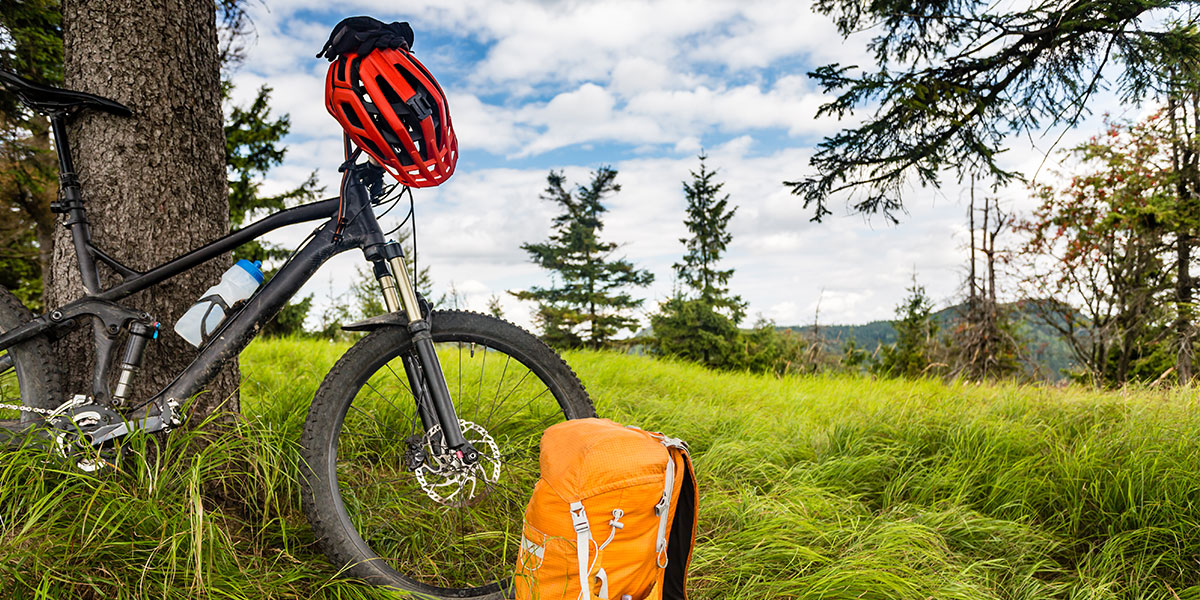
Next, you’ll need to think about your luggage. Rather than using the racks and panniers on your bike, bikepacking usually involves soft bags that fit directly into the frame. Space is limited, but that’s half the fun of bikepacking, and your lightweight cargo will ensure you get the most out of your ride.

When it comes to loading your bike with luggage, keep lighter items like sleeping gear at the front, and place heavier items such as clothes and food in the seatpack.
When you first start bikepacking, it may be best to stick to routes that you’re familiar with and use your first few adventures to get familiar with what you need to pack. Once you’re a little more confident, using a map could be a great way of planning your trails in finer detail.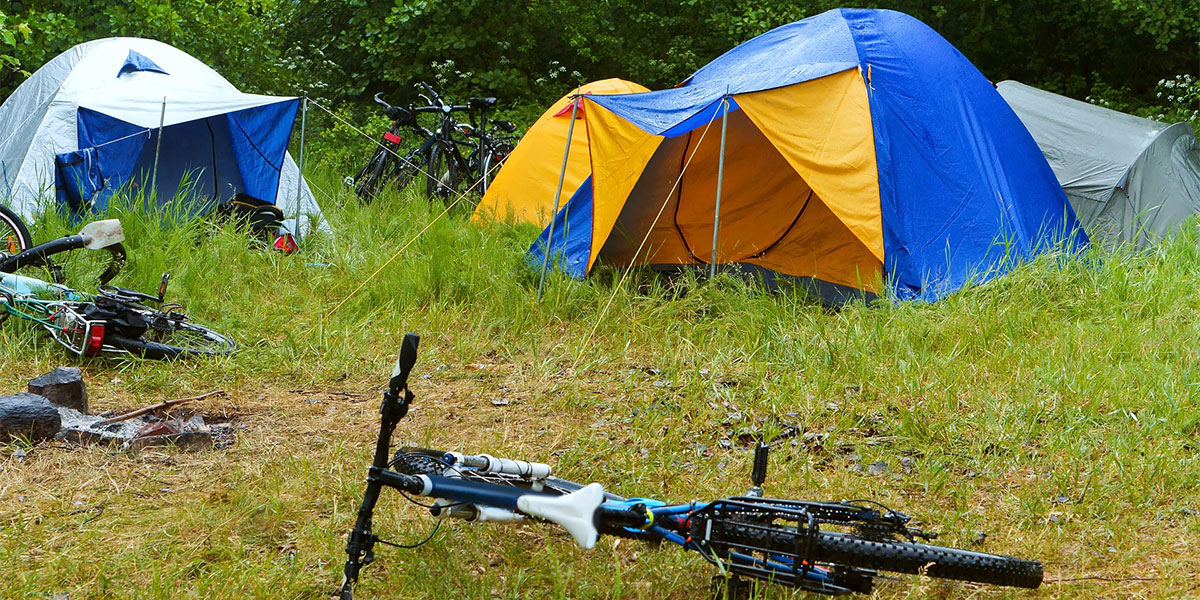
Camping overnight
The beauty of bikepacking is that you have the freedom to make the adventure your own. Not only are there no rules about the bike you should be riding or what you should pack, there’s also no restraints on where your expedition takes you. What better reason to bring dust off your bike from the shed and hit the UK countryside?
Happy bikepacking!
